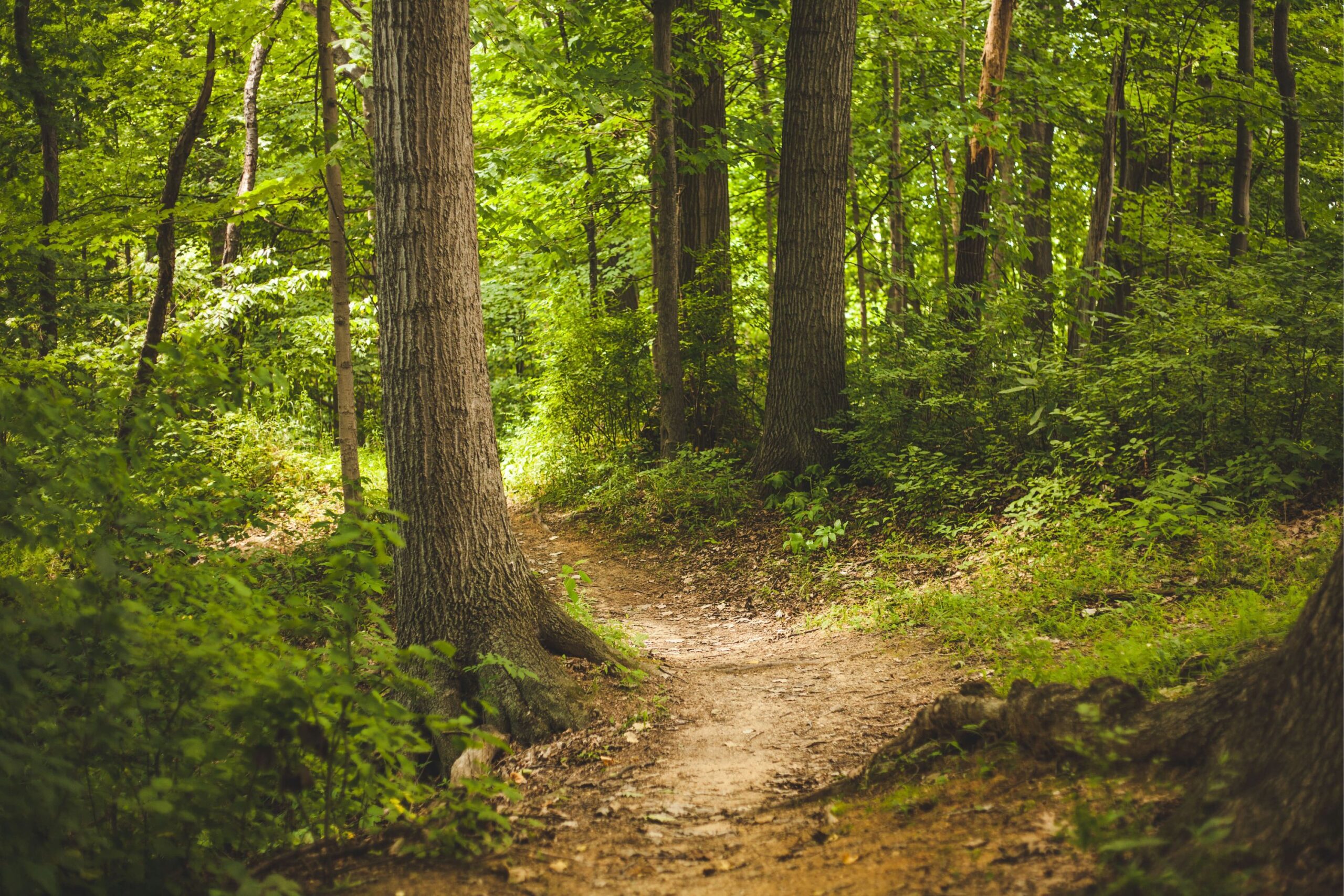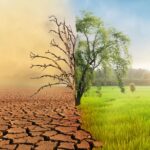Conservation of forest and wildlife means managing natural resources in order to preserve, protect, and restore the health of ecosystems and habitats. This includes protecting species from extinction, preserving habitats, and protecting natural resources.
Conservation efforts can involve a range of activities such as habitat restoration, species reintroduction, population management, and the development of sustainable practices.
Ultimately, conservation of forests and wildlife helps to ensure that the future generations will have access to the same natural resources that we do today.
What are Biodiversity and Forest and Wildlife Resources?
Biodiversity is the variety of life in all its forms, including plants, animals, and microorganisms. It is important because it supports the functioning of ecosystems, which in turn provides humans with essential services such as clean air, water, and food.
Forest and wildlife resources are the living elements of forests, including both plants and animals. These resources provide a range of benefits, including providing food and shelter, regulating air and water quality, and providing recreational and aesthetic value.
Forests and wildlife resources are also important for carbon sequestration, a process in which carbon dioxide is taken from the atmosphere and stored in plants and soil.
Without these resources, the world would be a much different place.

Tama66, Canva.com
Conservation of Forest
Conserving forests is essential for a healthy and sustainable environment. Forests provide clean air, clean water, and provide natural habitat for many species.
There are many ways to help conserve forests:
- reducing our paper consumption,
- planting trees,
- supporting sustainable forestry practices,
- creating natural reserves.
We can also support organisations, which are working towards preserving forests and their wildlife. By taking small steps, we can help protect forests and ensure their longevity for future generations.

Conservation of wildlife
Conservation of wildlife is most essential to maintaining the biodiversity of our planet and ensuring survival of species.
We can all help to conserve wildlife by:
- supporting organisations that provide wildlife protection,
- reducing our carbon footprint to limit human-caused climate change,
- limiting the use of pesticides,
- conserving water and energy,
- reducing our consumption of animal products,
- volunteering at wildlife sanctuaries,
- planting native plants in our gardens,
- creating wildlife-friendly habitats in our yards.
Together, we can help save wildlife and ensure that future generations can enjoy their beauty and diversity.
Essential Points on Conservation of Forest and Wildlife
Conservation of forests and wildlife is an important part of preserving our planet’s biodiversity and health. Here are some of the most essential points to consider when protecting forests and wildlife:
- Sustainable forest management: Sustainable management of forests is critical for the long-term conservation of forests and wildlife. This can include activities such as replanting trees after logging and limiting the amount of land cleared for development.
- Establish protected areas: Establishing protected areas helps to ensure that certain areas are kept free from human activity, allowing wildlife to thrive. Plus creating “joined-up” protected areas thereby enabling wildlife to migrate between them.
- Improve public education and awareness: Educating people about the importance of conservation and the impacts of human activities on forests and wildlife can help to make people more aware of the importance of preserving these areas.
- Create incentives for conservation: Governments and other organisations can create incentives for people to conserve forests and wildlife, such as financial incentives for sustainable forestry practices.
- Reduce pollution: Pollution of forests and wildlife habitats can have a serious impact on the health of these areas. Reducing pollution through better waste management and other strategies can help to protect these areas.
- Monitor wildlife populations: Regular monitoring of wildlife populations can help to identify any threats or changes to species and habitats. This information can then be used to create effective conservation strategies.
- Tackle illegal activities: Illegal activities such as poaching and illegal logging can have a major impact on forests and wildlife. Tackling these activities can help to ensure that these areas are protected.
Overall, conservation of forests and wildlife is essential for protecting our planet’s biodiversity and health.
By implementing sustainable practices, establishing protected areas, educating people, creating incentives for conservation, reducing pollution, monitoring wildlife populations, and tackling illegal activities, we can help to protect these valuable ecosystems.

PublicDomainPictures, Canva.com
Factors Responsible for the Depletion of Forest and Wildlife
The human activities that are responsible for the depletion of forests and wildlife include:
- deforestation,
- illegal hunting,
- over-exploitation of natural resources,
- urbanisation,
- pollution.
Deforestation is the biggest factor, as it is the removal of trees and other vegetation to make room for human settlements, farming, and industry.
Illegal hunting has caused a decrease in animal populations and some species have become endangered.
Over-exploitation of natural resources, such as mining and logging, has led to the destruction of habitats and the loss of biodiversity.
Urbanisation has caused the destruction of natural habitats, which has led to a reduction in wildlife populations.
Finally, pollution from industry and other sources has contaminated the environment and caused the death of many species.

Kareen May Pascual’s Images, Canva.com
What steps should be taken to conserve forests and wildlife?
To conserve forests and wildlife, there are several steps that can be taken.
First, it is important to participate in and support responsible forestry practices, such as those that promote sustainable timber harvesting and the protection of wildlife habitats.
People can help reduce the amount of deforestation by reducing their consumption of paper, wood, and other products derived from trees.
People can get involved in initiatives to plant new trees and create safe wildlife habitats.
Finally, people can support organisations that are working to conserve forests and wildlife, such as the World Wildlife Fund and The Nature Conservancy.
The WCYDo Team also supports conservation of forests and wildlife. We try to make an effort to save nature and WCYDo App is our first step in this long-term initiative.
You can join our Facebook Group, follow us on social media and help us spread a word about the importance of forest and wildlife conservation. WCYDo will help you to share the facts and information on sustainable actions with your friends and your family members.
Join us and let’s make our joint input for a better world!







